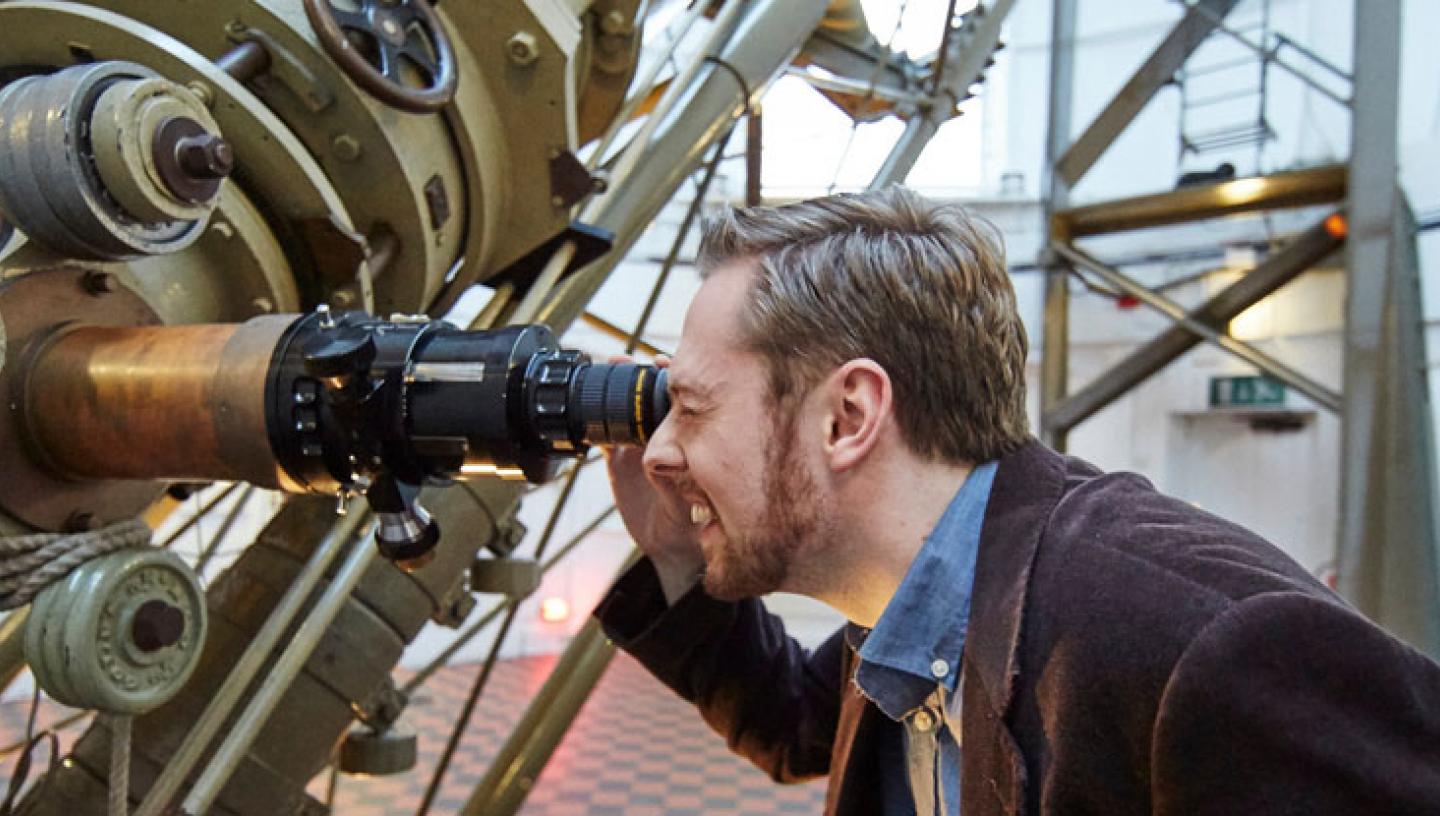Telescopes
Telescopes are the primary tools for observing distant objects in the sky. They collect and focus light from celestial objects, allowing astronomers to study their properties in detail. There are various types of telescopes, each designed for specific purposes.
- Optical telescopes collect visible light, enabling astronomers to observe stars, planets, galaxies, and other objects that emit or reflect visible radiation.
- Radio telescopes detect radio waves emitted by celestial objects, providing insights into phenomena such as star formation, black holes, and the cosmic microwave background.
- Infrared telescopes capture infrared radiation, allowing astronomers to study objects obscured by dust and gas, such as protoplanetary disks and the centers of galaxies.
Spectrometers, Astronomers degree
Spectrometers are instruments that analyze the wavelength of light emitted or absorbed by celestial objects. By studying the patterns in these spectra, astronomers can determine the chemical composition, temperature, and motion of stars, planets, and other astronomical objects.
Computational Modeling and Simulations
Computational modeling and simulations play a vital role in astronomy. They allow astronomers to create virtual models of the universe and run simulations to test theories and predict the behavior of celestial objects. These techniques have been instrumental in understanding complex phenomena such as galaxy formation, the evolution of stars, and the behavior of black holes.





